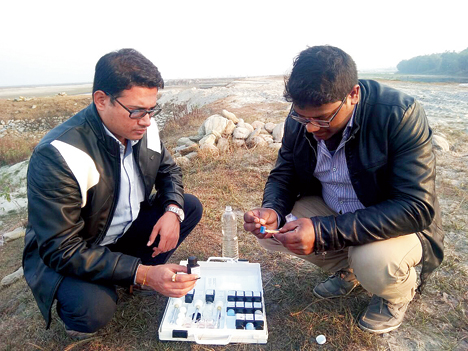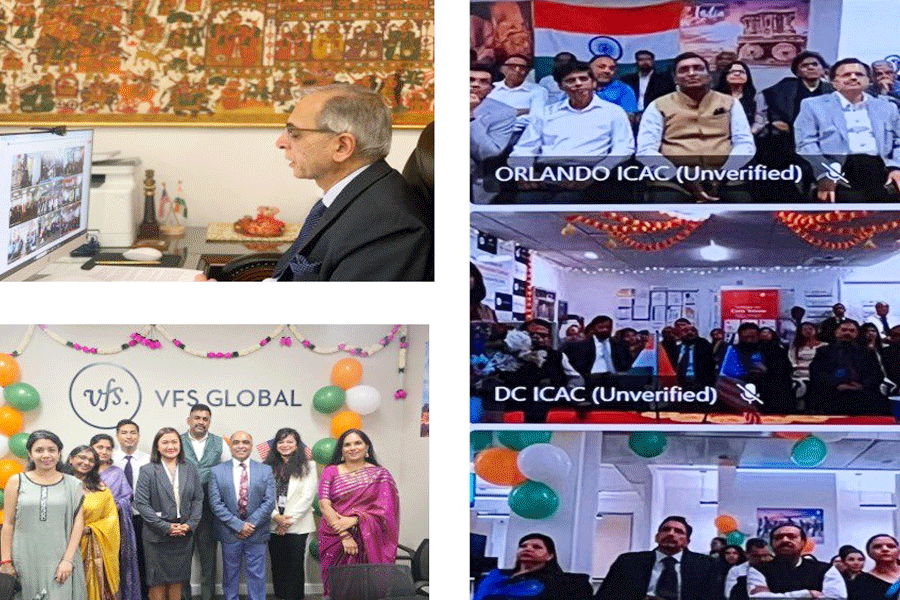
The Queen of the Hills has sprung the unlikeliest of surprises, having topped the domestic destination of tourists this spring. When we decided to bridge a three-decade interregnum to revisit Darjeeling last month, our expectations, however, had hinged on memories and the excitement of retracing old paths.
As students, we had stayed at the Youth Hostel on Jalapahar, a rather steep gradient capped by minimal facilities. This time, we opted for a vantage location, at Mayfair, a heritage hotel, opposite the resplendent Raj Bhavan, just a ramble from the mall and as steeped in history as Darjeeling itself.
It was on a chance visit to Windamere, perched on Observatory Hill overlooking the mall, that we learnt of the genesis of tea in these hills. The kingdom of Sikkim controlled the Darjeeling hills till 1849. In 1814, during a dispute with Nepal, the East India Company intervened and Sikkim became a buffer state between Nepal and Bhutan.

The British maintained a presence in the area and discovered, to their delight, that Darjeeling was suitable for a health resort! In 1835 they leased the area from the king of Sikkim with plans to establish a sanitarium for British troops. Its first superintendent, Dr Archibald Campbell, who arrived in 1839, planted some tea seeds and seedlings as an experiment to see what types of crops were suitable for the area. The tea was from the Botanical Gardens near Calcutta, and included specimens from China and the Northeast.
Both varieties thrived, but produced tea of an inferior quality. The climate was right, but a better seedling was needed to make the production commercially viable. The best tea plants grew in northern China, but the region was closed to foreigners because of military disputes between China and the European countries. The Treaty of Nanking, 1842, finally gave the British access to northern China and Robert Fortune, a Scottish botanist who had learned Chinese, was commissioned by the Horticultural Society of London to collect plants from China.
Fortune returned to China in 1848 on commission from the British East India Company to secure tea plants for the Darjeeling area. By 1851, 20,000 tea plants formed the basis for Darjeeling's eminence.

Our tete-a-tete with tea, the famous Darjeeling brew, however, was at Mayfair (see box). On the way from Kalimpong, our driver Dharam Mondal gave us a thrilling ride through Lopchu with its sprawling tea estates. On the way down, three days later, we meandered through the Makaibari and Castleton gardens. The session at Mayfair, however, will remain indelibly etched on our minds.
Its hospitality was nonpareil, right from the traditional welcome with khada to the coal fire in the hearth. After a hearty lunch that revived our tired limbs following the three-hour drive, we went out to explore. On the sprawling campus, we learnt that the Heritage Manor at Mayfair was built in 1875 and initially known as Nararganj House, being the summer retreat of that royal family. The owner, David Aitchison Dalling, sold it to Raja Prithvi Chand Lall Chowdhury in 1929. In May 1997, the land and original building was sold to Mayfair Hotels and Resorts Limited, but the heritage is being preserved meticulously to this day.

But there was so much more to Darjeeling beyond tea. We climbed the stairs to the Raj Bhavan-facing gate and headed for the mall. Except for the statue of poet Bhanubhakta Acharya at Chowrasta and an auditorium named after him, time seemed to have stood still. Coffee on Keventers’ open terrace tasted just as divine, as did the fish and chips and shepherd’s pie at Glenary’s (picture above).
The next morning we headed for Tiger Hill, totally mist-laden, and then on to the steam-puffing toy train for a ride to Ghoom. Batasia Loop was a delightful halt, the view of the mountains mesmerising. The cable-car ride, in contrast, was quite dramatic, as it stalled midway, making us mull whether parasailing would have been a better
option!
The 19th century St Andrews Church where we had whiled away time as youngsters on our last visit was unchanged; it looked just as bereft and forsaken. The emaciated ponies still struggled with fat tourists. But Loreto College sported a new name, Southfield.
These dichotomies weighed on our mind as we headed back. Once inside, however, the delightful Tenzing Library, the warmth of the staff and hugely appetising dinner dispelled all doubts.
The fire crackling in the hearth brought Walter Savage Landor to mind: “I strove with none, for none was worth my strife. Nature I loved and, next to Nature, Art: I warm’d both hands before the fire of life...” and helped underline why these mountains hold such a timeless appeal.













